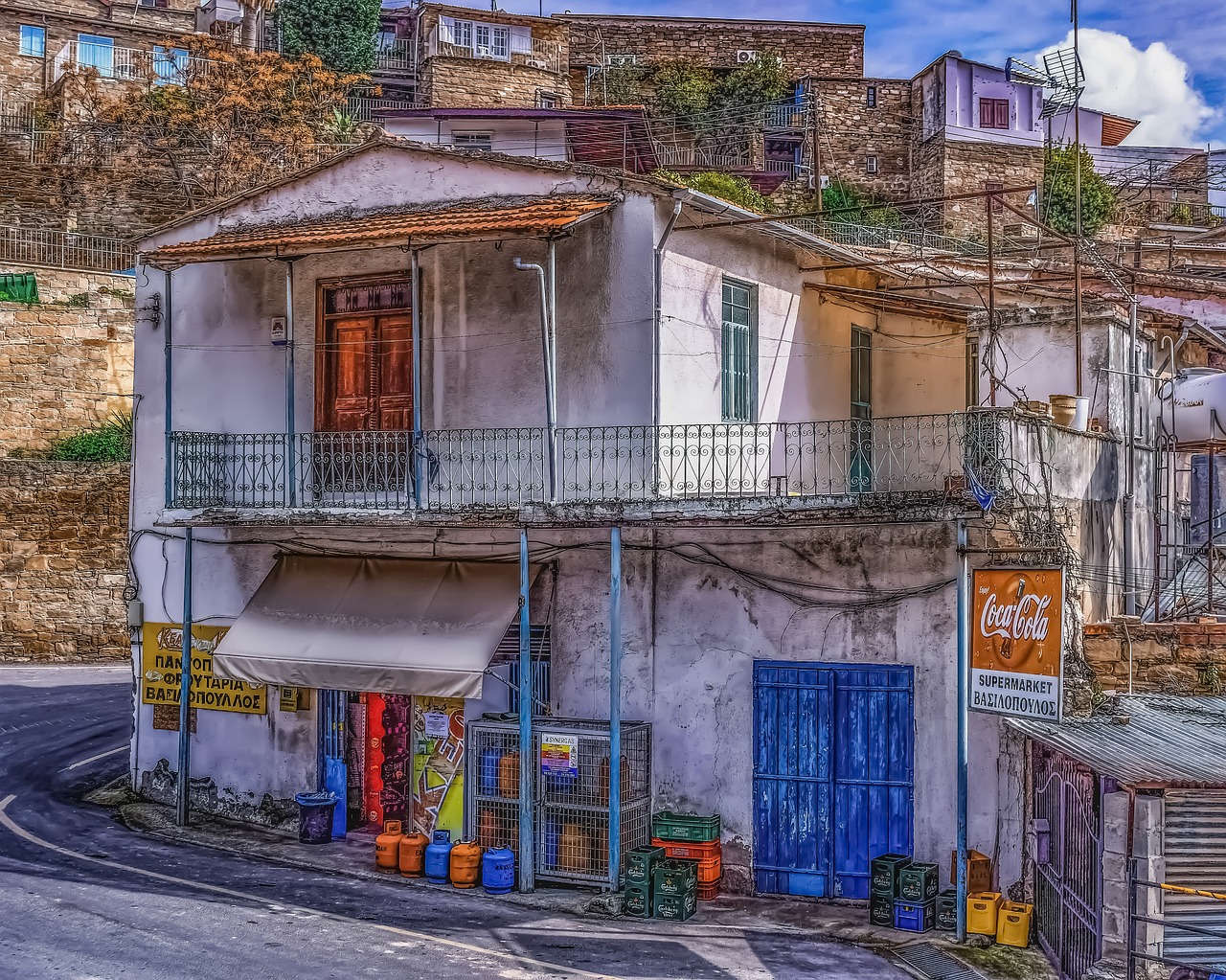The Impact of Fast Fashion on Worker Rights
Fast fashion emerged as a result of the growing demand for trendy clothing at affordable prices. With the rise of globalization and advancements in technology, retailers began to accelerate their production processes to quickly satisfy consumer needs. This strategy allowed brands to quickly replicate high-end designs seen on runways and deliver them to stores in a matter of weeks, instead of months.
The fast fashion model was further popularized by the success of fast-fashion giants like Zara, H&M, and Forever 21, which mastered the art of quickly turning around designs from concept to store shelves. By rapidly refreshing their inventory with new styles every few weeks, these brands created a sense of urgency among consumers to constantly purchase the latest trends. This business model not only fueled consumerism but also transformed the traditional fashion cycle, making it more dynamic and fast-paced.
Exploitative Labor Practices in the Fast Fashion Industry
Fast fashion is known for its quick turnaround of trendy clothing at affordable prices, but behind the scenes lies a dark reality of exploitative labor practices. Factory workers in countries like Bangladesh, Vietnam, and India often endure long hours, low wages, and unsafe working conditions to meet the demands of fast fashion brands. Many of these workers are women and children who have little to no rights or protections in the workplace.
The fast fashion industry’s emphasis on speed and low costs drives a relentless cycle of exploitation, where garment workers face harsh repercussions if they fail to meet production quotas. There have been reports of verbal and physical abuse, forced overtime, and even instances of child labor in these factories. Despite growing awareness and calls for change, the widespread use of exploitative labor practices in the fast fashion industry remains a pressing issue that requires immediate attention and action.
What is fast fashion?
Fast fashion refers to the rapid production of clothing collections inspired by the latest runway trends at affordable prices.
What are some examples of fast fashion brands?
Some well-known fast fashion brands include Zara, H&M, Forever 21, and Fashion Nova.
How are labor practices in the fast fashion industry exploitative?
Labor practices in the fast fashion industry are often exploitative due to low wages, unsafe working conditions, long hours, and lack of job security for garment workers.
Why do fast fashion brands engage in exploitative labor practices?
Fast fashion brands engage in exploitative labor practices in order to maximize profits by cutting costs on labor and production.
What can consumers do to support ethical fashion practices?
Consumers can support ethical fashion practices by opting to buy from sustainable and ethical brands, and by being mindful of their shopping habits and the impact of their purchases on garment workers.







